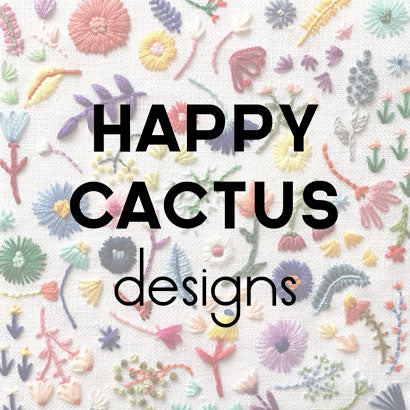March 12, 2013
 Of the various elements that must come together to exhibit at the National Stationery Show, I think one of the most daunting is putting together a wholesale catalog. First of all, creating a 12+ page catalog is time consuming and requires painstaking attention to detail. Secondly, your catalog is one of the most important, if not the most important, marketing pieces that buyers see.
Of the various elements that must come together to exhibit at the National Stationery Show, I think one of the most daunting is putting together a wholesale catalog. First of all, creating a 12+ page catalog is time consuming and requires painstaking attention to detail. Secondly, your catalog is one of the most important, if not the most important, marketing pieces that buyers see.

